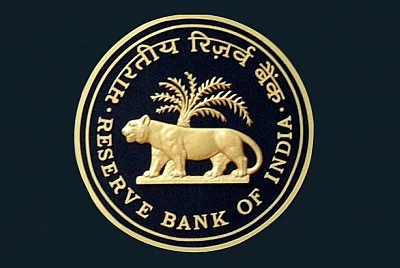New Delhi, March 27 (IANS) Reserve Bank of India has submitted to the Supreme Court that its circular of last February removes the old norms for resolutions of stressed assets while allowing flexibility to lenders to choose their loan recovery plan individually or jointly.
The Supreme Court has heard a bunch of petitions on the maintainability of RBI's Circular of February 12, 2018. The circular was issued to substitute all the existing guidelines with a harmonised and simplified generic framework for resolution of stressed assets.
Petitioners are seeking relief from the circular, including its quashing on several grounds, and want to arrive at resolutions on bilateral basis with lenders.
They said the provision -- threshold of ALL (100%) of lenders to approve, the approval and implementation of Resolution Plan within 180 days of first default and removal of all earlier circulars and mechanisms for debt resolution and the mandatory reference to NCLT after 180 days from first default -- will not help.
They also said the circular does not consider any sector-specific stresses and the governmental role in resolving the stresses.
But RBI has countered all these points.
The petitioners against the circular said the timeline of 180 days was never mandated under the earlier RBI guidelines. "As per RBI, 157 companies were directly affected by the February circular and not one company has been resolved in the said timeline," they said.
The central bank also said the circular is "generic and sector agnostic" and that the 180-day window is provided only to find a financial resolution plan for the stress faced by the borrowers and not for resolution of sectoral issues. The petitioners had complained that companies in critical activities -- power, sugar, fertilizer and defence -- which are facing sectoral stress due to issues beyond their control are painted with the same brush as "wilful defaulter."
The complainants were of the view that even Solicitor General in his submission to the Supreme Court submitted, that "ideally, there ought to be a sector-wise contingency analysis, by the expert banking and financial regulator, before exercising the power provided by the Central Government to the RBI under Section 35AA."
Countering another point, the RBI said lenders were empowered to decide their own resolution plans and the approval threshold requirement of ALL (or 100% )lenders is misconceived. "Even if a miniscule lender objects, borrower may work out separately with that lender", RBI said.
Countering the arguments of the petitioners' that all lenders work under the overall direction and guidelines of the lead bank and then decide to participate or opt out depending upon their individual needs, RBI said: "This circular removes the limitations of extant guidelines for resolution of stressed assets, and allows flexibility to lenders to choose their own resolution plan, individually or jointly".
In all 57 cases seeking relief from the provisions of the RBI Circular including its quashing to enable them to arrive at a resolution on bilateral basis with their lenders have been filed by various organizations and industry associations.
The hearings in the matter have concluded and case is "reserved for judgement". The Supreme Court Bench of Justice Rohinton Fali Nariman and Justice Vineet Saran have heard the arguments.
--IAN
ana/prs
(This story was auto-published from a syndicated feed. No part of the story has been edited by The Quint.)
(At The Quint, we question everything. Play an active role in shaping our journalism by becoming a member today.)
